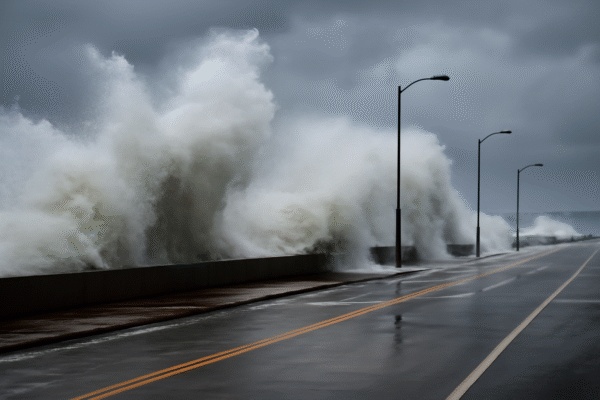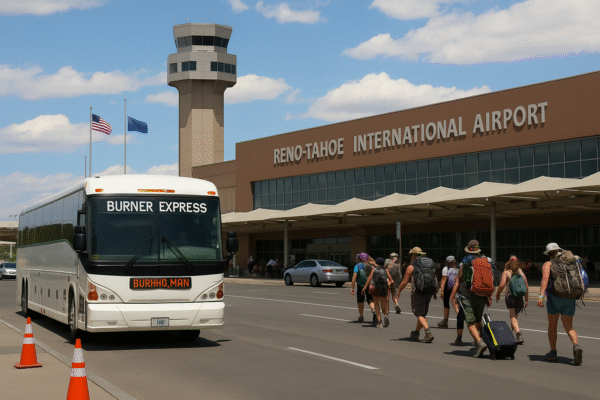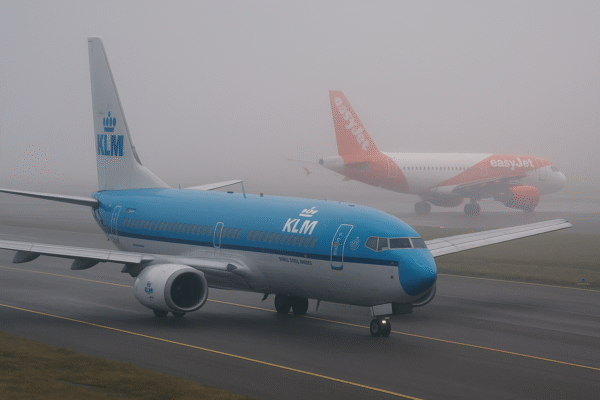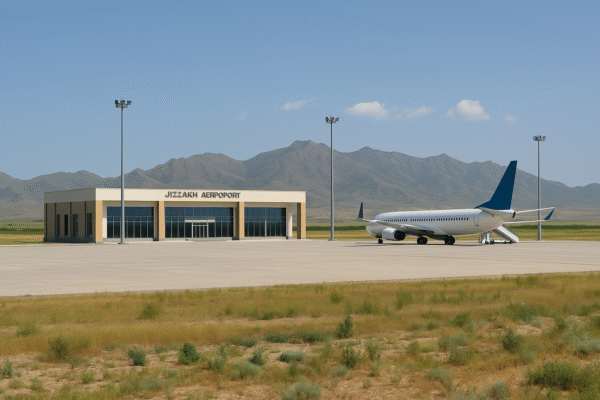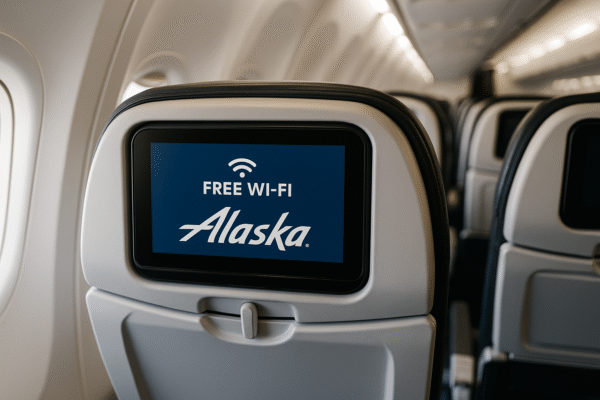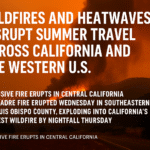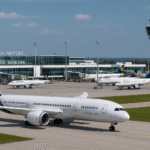Canada Reacts as U.S. Imposes 2026 Foreign Tourist Fee on National Parks, Impacting Canadian Visitors
Geo-tags: United States, Canada, Washington, British Columbia, Alberta, Banff, Montana, Yosemite, Grand Canyon
In a move set to reshape North American travel patterns, the United States will implement a new surcharge on foreign tourists visiting national parks beginning in 2026. Signed into effect via an executive order by former President Donald Trump on July 3, the policy mandates higher entry fees for non-U.S. passport holders visiting federally managed parks such as Yellowstone, Yosemite, and the Grand Canyon.
While the surcharge is projected to generate over $90 million annually for conservation and infrastructure, the decision has already sparked significant backlash, particularly in Canada—America’s largest international tourism market for park visitors. For many Canadians, the increased fees may deter traditional road trips and summer family visits to neighboring U.S. natural wonders.
A New Travel Toll for Canadians
Historically, Canadians have formed a core demographic of U.S. park visitors, especially in border regions like Montana, Washington, and New York. According to the U.S. National Park Service, Canadian tourists contributed significantly to the 327 million park visits recorded in 2023. Popular destinations like Glacier National Park and Olympic National Park have long benefited from cross-border tourism.
However, the upcoming fee, which could raise single-entry prices by an estimated 15% to 30% for non-citizens, has left many Canadians reconsidering their travel plans.
“From a cost perspective, it’s becoming increasingly hard to justify a U.S. national park vacation when we have incredible landscapes at home for free or at a lower cost,” said Danielle Giroux, a travel advisor based in Calgary.
Policy Rationale: Prioritizing U.S. Taxpayers
The executive order argues that American taxpayers already subsidize the national park system through federal funding. According to the U.S. Department of the Interior, these contributions exceed $2.5 billion annually. The administration states that it is “unfair” for non-taxpaying foreign visitors to benefit from the same access without contributing to maintenance and conservation.
“American families should not bear the same burden as international tourists,” read the White House statement. “This fee ensures fairness and supports the long-term sustainability of our treasured national landscapes.”
Yet, critics argue that the policy contradicts the U.S. travel industry’s efforts to revive inbound tourism following COVID-19 disruptions and travel hesitancy.
Canada Responds with Accessible Tourism Initiatives
As the U.S. tightens its access with foreign surcharges, Canada is promoting inclusivity and affordability. In 2025, the Government of Canada launched the Canada Strong Pass, a seasonal initiative offering free access to national parks, marine conservation areas, and historic sites until September 2. The initiative is part of Parks Canada’s strategy to boost domestic travel, especially among families and young travelers.
The pass includes free entry for children 17 and under to all federally managed museums and outdoor heritage destinations, positioning Canada as a leader in accessible, family-friendly tourism.
Parks Canada spokesperson Julia Lambert highlighted the contrast. “Our aim is to make Canada’s natural and cultural heritage open to all residents, regardless of income or nationality. We view access as a right, not a privilege.”
U.S. Local Governments Push Back
While the federal fee policy may reflect national priorities, several local tourism bodies in the U.S. are resisting the shift. In early 2025, Visit California launched a Canada-specific campaign urging Canadians to continue visiting despite the evolving fee structure. Using slogans like “Sunshine Without Borders,” the campaign emphasizes beaches, wine regions, and open landscapes to soften the policy’s impact.
In Vermont, the city of Burlington made headlines by renaming a downtown street “Canada Street” to show support for Canadian visitors. City officials stated it was a symbolic stand against policies that could harm bilateral tourism relationships.
“Our local economy thrives on cross-border travel,” said Burlington Mayor Emma Taylor. “Policies that alienate our closest neighbors are not in our community’s interest.”
Industry Concerns and Traveler Tips
Tourism analysts warn that the new U.S. policy may unintentionally drive international travelers—especially budget-conscious families—toward alternative destinations, including Canada’s own robust park system.
“As fees rise and messaging becomes exclusionary, the U.S. risks damaging its reputation as a welcoming destination,” said Liam O’Donnell, a travel economist with the World Tourism Council.
Travel experts are advising Canadians to plan well ahead of 2026 if they wish to visit popular U.S. parks before fee hikes take effect. Additionally, several credit card reward programs and third-party tourism platforms may offer discounts or bundled travel passes for early bookers.
A Tale of Two Tourism Models
The diverging tourism strategies of the U.S. and Canada underscore two very different national approaches to natural heritage access. The U.S. is doubling down on a user-pays model for non-citizens, aligning with “America First” economic principles. Meanwhile, Canada is fostering community, conservation education, and equitable access—especially for its youth.
Canadian national parks like Banff, Jasper, and Fundy are already seeing a rise in domestic bookings. Further north, more adventurous travelers are eyeing off-the-beaten-path gems like Nahanni National Park in the Northwest Territories or the windswept cliffs of Cape Breton Highlands.
As 2026 approaches, the tourism divide between the two nations may deepen, not only in policy but in traveler sentiment. For now, Canadians are increasingly finding reason to stay home—and rediscover the landscapes they already proudly call their own.
For more travel news like this, keep reading Global Travel Wire



